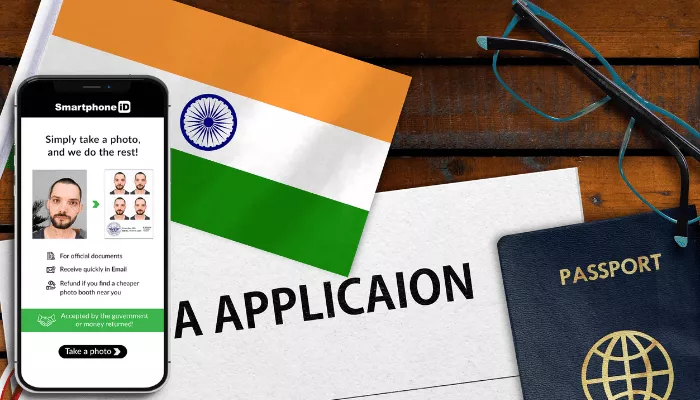India Enhances Accessibility for International Travelers with Visa Reforms.
India is improving its accessibility for international travelers by expanding its visa-on-arrival and e-visa options. Union Minister for Tourism and Culture, Gajendra Singh Shekhawat, announced in the Lok Sabha that nationals from Japan, South Korea, and the United Arab Emirates (UAE) can now take advantage of the visa-on-arrival facility. This change simplifies the entry process for tourists and business visitors, promoting India as a prime destination for tourism, business, conferences, and medical travel.
Visa-On-Arrival: A New Gateway to India
The newly extended visa-on-arrival allows eligible travelers from Japan, South Korea, and the UAE to stay in India for up to 60 days with the option for double entry. This facility is available at six designated airports across the country, making it easier for visitors to explore India’s rich culture, vibrant cities, and diverse landscapes.
This initiative aligns with India’s broader strategy to present itself as a welcoming destination for global travelers. The visa-on-arrival option aims to streamline the entry process, reduce bureaucracy, and encourage more tourists and business professionals to choose India as their destination.
Expanding the E-Visa Horizon
In addition to the visa-on-arrival facility, India has significantly expanded its e-visa program. The Electronic Travel Authorization (ETA) system now accommodates nationals from 167 countries, broadening the reach for international visitors. E-visa holders can enter through 30 international airports and six major seaports, offering travelers flexibility and convenience.
The expansion of the e-visa facility demonstrates India’s commitment to utilizing digital solutions that enhance the travel experience. By simplifying the visa application process, India aims to attract more tourists, boosting its tourism industry and contributing to economic growth.
Comprehensive Support for Tourists
India’s Ministry of Tourism is focused not only on easing entry but also on ensuring a safe and enriching experience for all visitors. The Ministry conducts regular tourism surveys and feasibility studies to refine policies that meet travelers’ evolving needs. These data-driven insights help identify areas for improvement and align tourism policies with the country’s broader objectives.
To enhance safety, 15 State Governments and Union Territory (UT) Administrations have deployed tourist police forces trained to assist visitors, ensuring a secure travel experience. Additionally, the Ministry has established a 24/7 Multi-Lingual Tourist Info-Helpline, providing guidance and information in 12 languages, including 10 international languages. This service, available toll-free at 1800111363 or via short code 1363, is a vital resource for both domestic and foreign tourists.
Infrastructure Development: A Focus on Sustainable Tourism
The government has launched several initiatives to develop tourism infrastructure nationwide. The Swadesh Darshan scheme, introduced in 2014-15, focuses on developing thematic tourist circuits. Since its launch, 76 projects have been approved, with significant financial investments aimed at improving tourist facilities and infrastructure. Recently, the scheme has been revamped as Swadesh Darshan 2.0 (SD2.0), with a focus on promoting sustainable and responsible tourism destinations that prioritize tourists’ needs and experiences.
Another significant initiative is the National Mission on Pilgrimage Rejuvenation and Spiritual, Heritage Augmentation Drive (PRASHAD). This scheme focuses on the integrated development of pilgrimage destinations across India, ensuring these sites can handle the influx of visitors while preserving their spiritual and cultural significance.
Looking Ahead: A Promising Future for Indian Tourism
With these strategic initiatives, India is strengthening its position as a leading global tourism destination. The expansion of visa-on-arrival and e-visa facilities, along with ongoing infrastructure development and comprehensive support services, highlights the government’s commitment to making India more accessible and enjoyable for travelers worldwide.
As India continues to invest in its tourism sector, the future looks promising for both visitors and the local economy. By prioritizing convenience, safety, and sustainability, India is opening its doors wider to the world while ensuring that every visitor’s experience is memorable and enriching.


